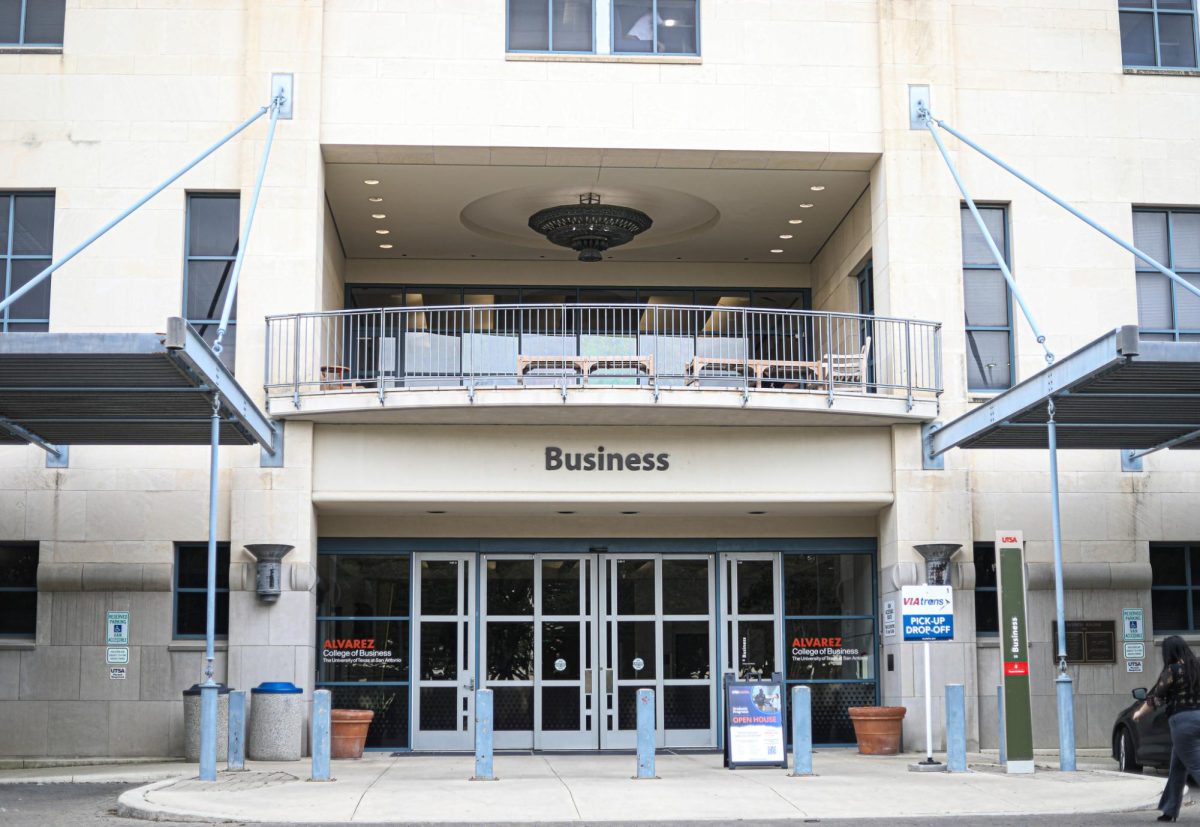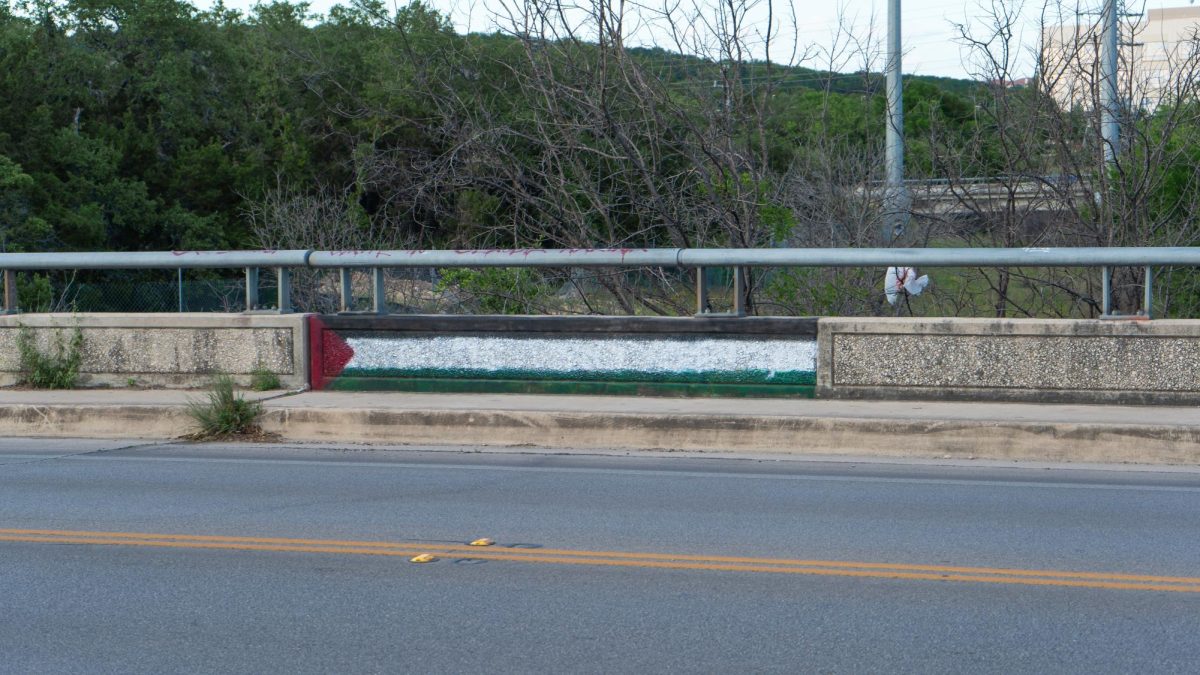UTSA is preparing for an increase in summer enrollment as the result of a first – time advertising campaign designed to create excitement for the upcoming summer 2016 sessions. According to University Communications and Marketing, UTSA is looking to increase the number of students enrolled for the Summer 2016 semester.
Associate Vice President for Communications and Marketing Joe Izbrand explained, “This is the first year that we’ve promoted summer enrollment through this type of advertising campaign, and we’re seeing very strong and positive results.
“Through mid-April, students registered for summer classes have increased to more than 1,000 compared to the same time last year. The number of credit hours taken has also increased nearly 15 percent.”
While the summer advertising campaign aims to increase current UTSA student enrollment for summer, it also intends to attract a range of potential students. “Our marketing approach is to first reach UTSA students and help them get into the classes they need,” Izbrand said. “Summer is also a time when we see more visiting students at UTSA, including those who attend college out of town but come home to San Antonio for the summer, or for those who attend other San Antonio-area universities. They are our secondary audience.”
“Third, we’re reaching out to our alumni and working professionals in San Antonio and reminding them it’s a great time to come back to school to pick up a new skill, to advance in their careers or explore a new area of interest.”
UTSA’s ad campaign also asserts that summer sessions offer students an opportunity to stay on track with their degree plan while balancing work and other summer activities.
Enrolling in a summer 2016 course can save money as tuition will increase for the next fall and spring semesters. The UTSA 2015/2016 academic year tuition for undergraduate students is $199.41 per semester credit hour (SCH), however, tuition will increase for the 2016/2017 academic year to $209.95 per SCH.
The Texas Higher Education Coordinating Board sets limitations for summer sessions. Students are allowed to take a maximum of 15 semester credit hours during the summer sessions, regardless of term combinations.
Limitations on credit hours are also limited in individual terms: a limit of three semester credit hours in a three-week summer term, four credit hours in a four-week summer term, six in a five-week summer term and 12 in a ten-week summer term.
While the length of summer courses are significantly shorter, some students consider their overall quality comparable to courses offered during the fall and spring semesters.
T.J. Anzaldua, a UTSA senior electrical engineering major said, “I had a great professor for a summer class I took last year. Even if the class moved at a quick pace, it was well – taught, and he was always prepared. I think the summer class was better than my full semester classes because we met more frequently, and that made the material stick with me a lot better. I would say the quality could be better in that sense.”
Summer 2016 is a helpful resource for UTSA students to stay on track with their degree plans while they maintain productivity during their vacation. Summer courses provide students an opportunity to progress in their degree plan, but are the benfits reciprocated for instructors?
Faculty salaries are based on a nine-month contract from Sept. 1 to May 31. Full academic year salary contracts do not include a set salary for the summer because summer teaching opportunities are not guaranteed and are subject to available funding for that particular summer; consequently, another formula is used to determine instructor pay for summer sessions.
In 2006, UTSA colleges were instructed to implement summer salary plans for faculty along with allowances for some departments. Since 2006, there has been a recent change in the summer salary policy for UTSA instructors.
According to the UTSA Handbook of Operating Procedures, faculty can earn up to 1/3 of their long-term academic rate in the summer, but it is ultimately up to each college to establish a policy for faculty summer pay.
According to Associate Dean of Undergraduate Studies for the Department of Communication Steven Levitt, in late October 2015, Provost John Frederick issued a proposal to the Department Chairs and Deans in which he outlined a new initiative for the summer 2016 term.
Frederick’s proposal included a new financial model that aimed to increase student credit hours from summer 2015, without increasing the summer salary budget for faculty. The plan aimed to compensate faculty in an economically efficient way.
Once the College of Liberal and Fine Arts department chairs and associate deans approved the proposal, Dean Daniel J. Gelo released the following guidelines on November 2015 for faculty summer salaries the College of Liberal and Fine Arts. These guidelines were provided by Levitt:
•Tenured and tenure-track faculty members will be paid 1/12th of their annual salary with a salary cap of $7,000 for full-time Professors. Associate Professors will have a salary cap of $5,500, and Assistant Professors will have a cap of $5,000.
• Non-tenure track faculty will be paid 1/8th annual salary with a cap of $4,500.
• Salary caps for instructors were determined by the average rate per-course in summer 2015 for each professor rank.
• Tenured and tenure track instructors may teach no more than one course during the summer sessions. Exceptions will only apply when another qualified instructor cannot meet curriculum demands. Requests for exceptions to the one course limit must be accompanied by a memo from the department chair justifying the exception and must be approved by the dean.
The department of health and kinesiology has also provided a policy on instructor summer salary. Associate Dean for Undergraduate Student Success for the College of Education and Human Development Tammy Wyatt stated that the formula developed for summer 2016 is “based upon enrollment (revenue with) less overhead cost to calculate the balance to be used for faculty salaries.” The formula applies to Academic Inquiry & Scholarship (AIS) courses that fall within the First Year Experience Program (FYE), as well as to writing program courses.
The department will also cap faculty salary at $4,000 per course, regardless of instructor rank. The cap is based on student enrollment numbers.
Instructors will also be allowed to teach only one section of a course since there are only 1-2 sections per session provided for summer 2016.
Associate Dean for the College of Sciences Garry Castellanos was asked for information, but he respectfully declined.












